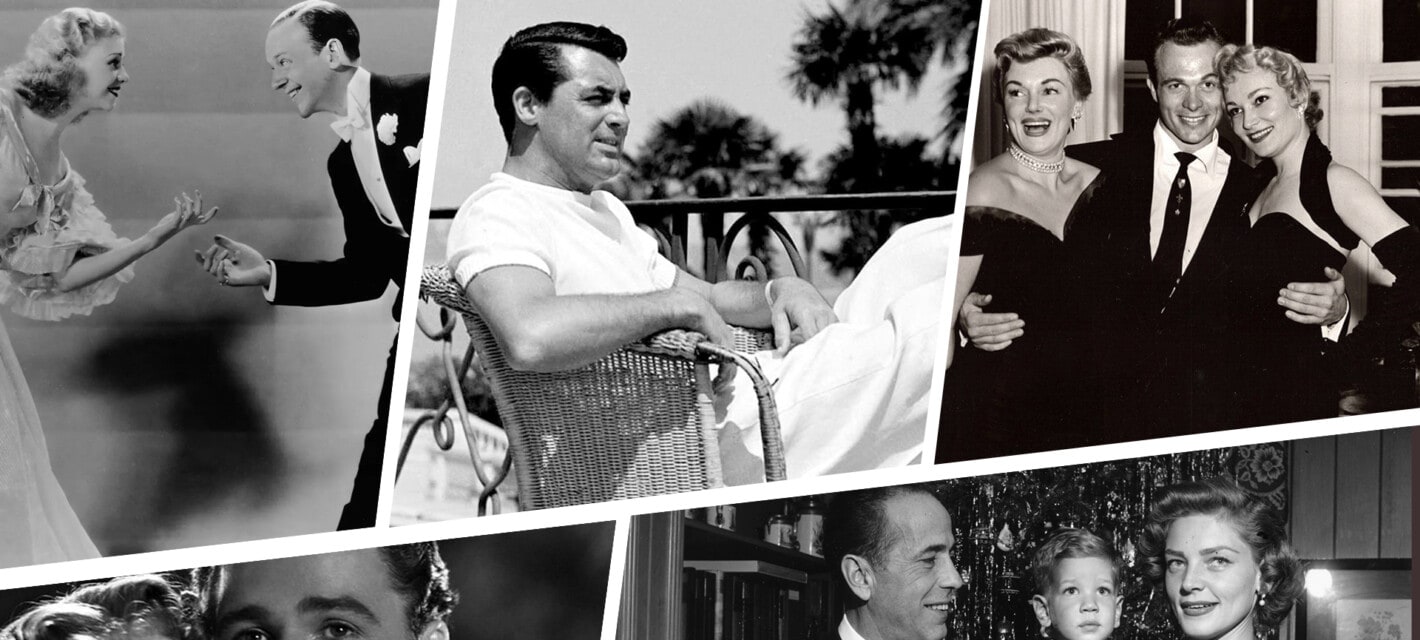Hollywood had its first version of “Brangelina” long before Brad Pitt or Angelina Jolie were born. In the 1920s and 1930s, Mary Pickford and Douglas Fairbanks were Tinseltown’s most popular power couple. Their posh Hollywood estate was the hangout spot, and invitations to their parties were prized by the day’s elites. Their guests were the era’s Who’s Who, and included President Franklin Delano Roosevelt and wife Eleanor, Albert Einstein, H.G. Wells, F. Scott Fitzgerald, Thomas Edison, Amelia Earhart, and the king and queen of Siam. Below are twenty five things about their estate and other fascinating Hollywood facts.
The Rise of Classical Hollywood Estates

The Golden Age of Hollywood, from the first sound movies in 1927 to 1969, created the world’s most influential filmmaking style. It also upended and radically transformed Los Angeles and its environs. The hitherto quiet town and region was flooded with actors and filmmakers who revolutionized the cinema industry with new methods of filming, creative screenwriting, and new talent to bring it all to vivid life. The period saw the rise of many talents to superstardom, as they and their studio bosses raked in unprecedented amounts of money.

The new stars splurged on many luxuries, not least of them posh mansions that forever altered LA’s real estate scene. As locals – and soon enough, sightseers from across the country and around the world – gawked, luxury mansions and posh estates were built all over the place. Some of those estates have long since declined into shabbiness or even been reduced to piles of rubble. Others, as seen below, are still around, and continue to exude a sense of history and old school Hollywood.

